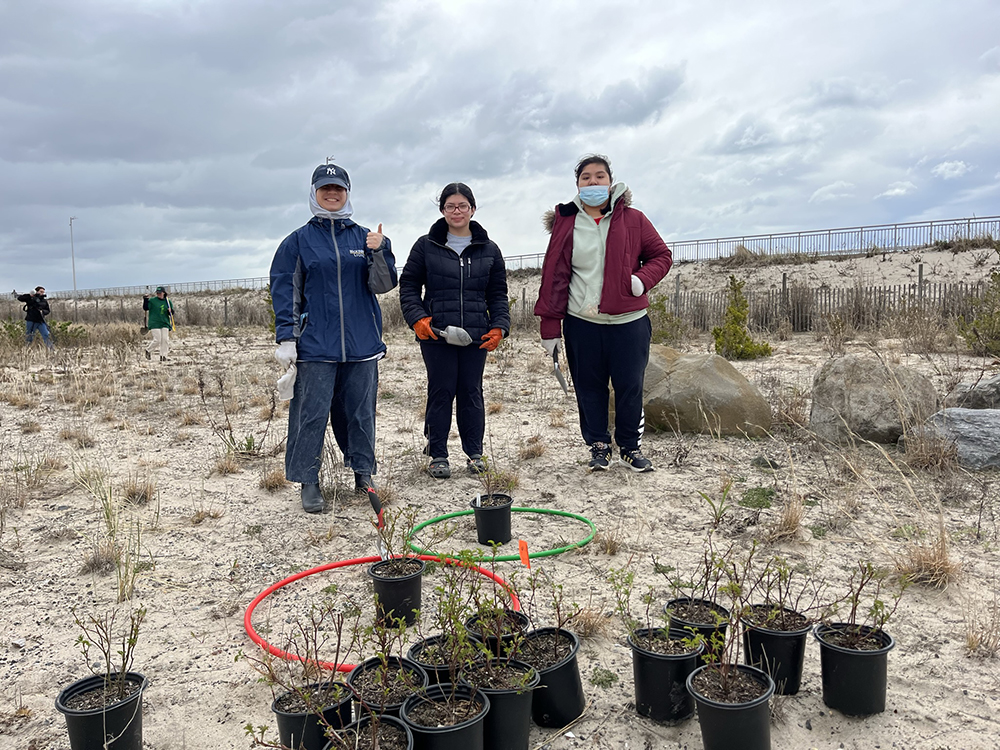Obstructive Sleep Apnea
Despite the fact that obstructive sleep apnea (OSA) has been around for a while, its current prevalence in the USA is not well established. Based upon data from population surveys, it can be estimated that the prevalence of at least mild OSA (defined as mild drops in oxygen levels at night) and daytime sleepiness among adults aged 30 to 70 is 14% for men and 5% for women. Moderate to severe OSA, which has more severe oxygenation problems at night, is estimated at 13% for men and 6% for women. Recently, the U.S. Preventive Services Task Force (USPSTF) took another look at whether screening for OSA should be performed in the general population. When they last examined this issue in 2017, the USPSTF concluded that there was insufficient evidence to determine the risks vs. benefits of screening the general population, and therefore they did not have enough evidence to make a recommendation, either for or against widespread screening. This time around, the USPSTF reached the same conclusion.
OSA is a condition where breathing during sleep is abnormal. People with OSA may stop breathing (apnea) for short periods during sleep or have decreased airflow during sleep due to a temporary blockage in the airway. Risk factors include male sex, obesity, older age, and certain anatomical features like a large tongue or adenoids. Common symptoms include loud snoring, choking or gasping while sleeping, and daytime sleepiness. Sometimes people have had the symptoms so long they don’t recognize them as being abnormal. The primary treatment for OSA is the use of a continuous positive airway pressure (CPAP) device. An alternative therapy is a mouthpiece that pushes the lower jaw forward while sleeping. Weight loss can also help those who are overweight or obese.
Screening usually involves the use of a questionnaire to ask about weight, BMI, neck size, snoring, tiredness, blood pressure, and observed apnea. Patients with a positive screen are referred to a specialist for a sleep study. A sleep study, also known as a polysomnogram, is done at a sleep lab. The patient stays there overnight, and the study combines several measurements including EEG, electro-oculogram (monitors eye movement to determine REM sleep), airflow monitor, chin electromyogram, oxygen saturation, respiratory effort, and EKG. The patient is advised not to take any sleep-altering medications, including alcohol. If the sleep study is positive, treatment can begin.
Untreated OSA has been linked with many side effects which worsen with age. Among these are cardiovascular disease events (heart attacks and strokes), type II diabetes, and atrial fibrillation, not to mention motor vehicle accidents caused by drivers falling asleep. Untreated severe OSA is linked to increased all-cause mortality. Currently, OSA testing referrals from primary care offices remain low. Primary care practitioners need to increase the number of patients they screen for OSA and increase referrals for sleep studies so we can finally begin to get ahead of this deadly but often hidden disease.
Please direct questions and comments to editor@rockawaytimes.com


